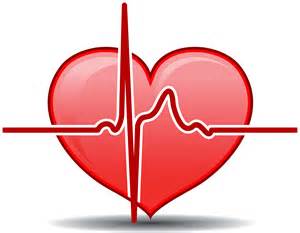
The bubonic plague
Plague is caused by the bacteria Yersinia pasties. Rodents such as rats carry the disease. It is spread by their fleas.
People can get plague when they are bitten by a flea that carries the plague bacteria from an infected rodent. In rare cases, people get the disease when handling an infected animal.
Plague lung infection is called pneumonic plague. It can be spread from person to person. When someone with pneumonic plague coughs, tiny droplets carrying the bacteria move through the air. Anyone who breathes in these particles may catch the disease. An epidemic can be started this way.The bubonic plague started is 1664.
Types of plague
There are three different types of plague: bubonic plague, septicemic plague, and pneumonic plague. The most common type is bubonic plague. Septicemic plague occurs when the Yersinia pasties bacteria (the organism responsible for the disease) multiply in the blood. Pneumonic plague is the most serious of the three types of plague. It occurs when plague bacteria infect the lungs, causing pneumonia.
Microorganisms
Microorganisms are microscopic, living, single-celled organisms such as bacteria. Ubiquitous throughout the world, microorganisms play a vital role in supporting and maintaining nature and life. Although some bacteria are harmful, the vast majority are not harmful, but in fact beneficial. They keep nature clean by removing toxins from water and soil, and degrade organic matter from dead plants and animals.
Microorganisms can be harmful and helpful to us. Some harmful ones can be bacteria and viruses.
Did you know that the bacteria microorganism started the plague.
Types of microorganisms
1. Bacteria
2. Viruses
3. Fungi
4. Parasites
These are only four out of the six different types of microorganisms.
Further explanation
The time between being infected and developing symptoms is typically 2 to 8 days. But the time can be as short as 1 day for pneumonic plague.
Risk factors for plague include a recent flea bite and exposure to rodents, especially rabbits, squirrels, or prairie dogs, or scratches or bites from infected domestic cats.
Microorganisms were the first living creatures on earth. It is estimated there are a total of 5 nonillion microorganisms on earth (5×1020). You will find nearly 10 million a millilitre of ocean water and 40 million in a gram of soil. They are also ubiquitous on the human body. There are 40 million microorganisms in a millilitre of saliva and make up 10% of a human’s total dry weight. In many cases, animals not only live with microbes, but our health is dependent on them (gut bacteria, immune system development, etc.).
Treatment
People with the plague need immediate treatment. If treatment is not received within 24 hours of when the first symptoms occur, death can result.
Antibiotics such as streptomycin, gentamicin, doxycycline, or ciprofloxacin are used to treat plague. Oxygen, intravenous fluids, and respiratory support are usually also needed.
Conclusion
In conclusion the plague was one of the greatest diseases in history, because, it killed thousands of people. There were three types of plague; the bubonic plague, septicemic plague, and pneumonic plague. I think it was a bad time to live when there was plague.
Microorganisms can be helpful and harmful for example two types of harmful microorganisms are bacteria and viruses.
I think that the plague was the worst of diseases.
Published: May 18, 2016
Latest Revision: May 18, 2016
Ourboox Unique Identifier: OB-152366
Copyright © 2016









